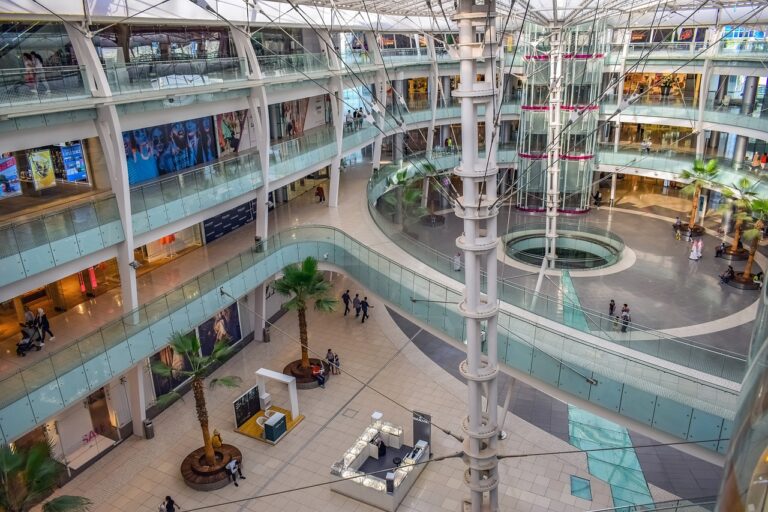Sustainable Packaging Design: Balancing Aesthetics and Environmental Impact
Sustainable packaging design plays a crucial role in reducing environmental impact and promoting a more eco-friendly approach within the industry. By utilizing sustainable materials and reducing waste, companies can align their packaging with their values and contribute to a healthier planet.
Not only does sustainable packaging design benefit the environment, but it also enhances brand reputation and consumer trust. In today’s society, consumers are becoming more conscious of the environmental footprint of the products they purchase, making sustainable packaging a key differentiator in the market.
Designing Packaging with Minimal Environmental Impact
When designing packaging with minimal environmental impact, it is crucial to prioritize the use of sustainable materials. Opting for biodegradable or compostable materials can significantly reduce the overall environmental footprint of the packaging. Additionally, choosing materials that are easily recyclable can help minimize waste and promote a circular economy.
Another key aspect to consider when aiming for minimal environmental impact in packaging design is to focus on reducing unnecessary packaging elements. Streamlining packaging design by eliminating excess layers, inserts, or non-recyclable components can help decrease the amount of waste generated while also making the packaging more eco-friendly.
• Opt for biodegradable or compostable materials
• Choose easily recyclable materials
• Eliminate excess layers, inserts, or non-recyclable components
• Streamline packaging design to minimize waste
Innovative Materials for Eco-Friendly Packaging
Eco-friendly packaging is gaining traction in the industry as businesses strive to reduce their environmental footprint. Innovative materials play a crucial role in achieving this goal by offering sustainable alternatives to traditional packaging options. Materials such as recycled paper, cardboard, bioplastics, and compostable materials are increasingly being used to create packaging that is both practical and environmentally responsible.
One example of an innovative material is mycelium, which is derived from the root structure of fungi. This natural and biodegradable material is being used to produce packaging that is not only sustainable but also sturdy and versatile. By exploring new materials like mycelium, designers are finding creative solutions to packaging challenges while also prioritizing the planet’s well-being.
Why is sustainable packaging design important?
Sustainable packaging design is important because it helps reduce the environmental impact of packaging materials, minimizes waste, and promotes the use of renewable resources.
How can packaging be designed with minimal environmental impact?
Packaging can be designed with minimal environmental impact by using materials that are biodegradable, recyclable, or reusable. Additionally, reducing the amount of packaging used and optimizing the design for efficient transportation can also help minimize environmental impact.
What are some innovative materials for eco-friendly packaging?
Some innovative materials for eco-friendly packaging include bioplastics made from renewable resources like corn or sugarcane, compostable materials like mushroom packaging, and recycled materials such as paper or cardboard. These materials offer sustainable alternatives to traditional plastic packaging.







